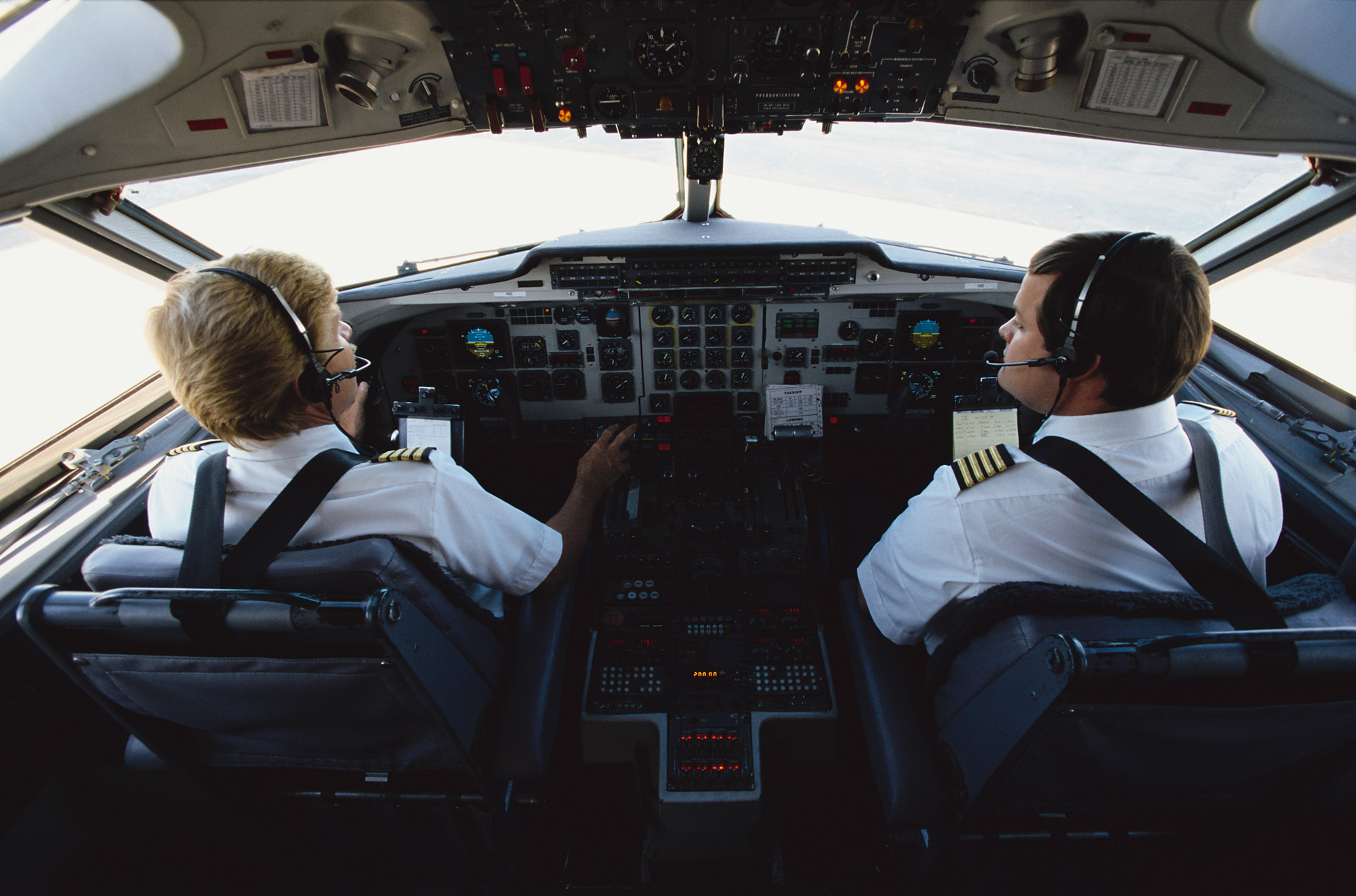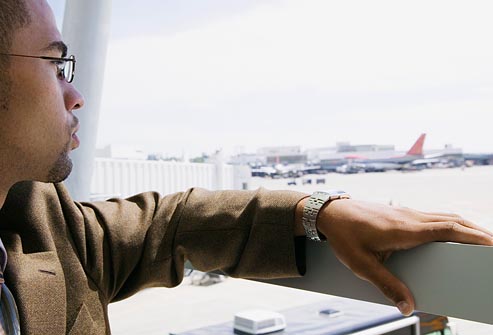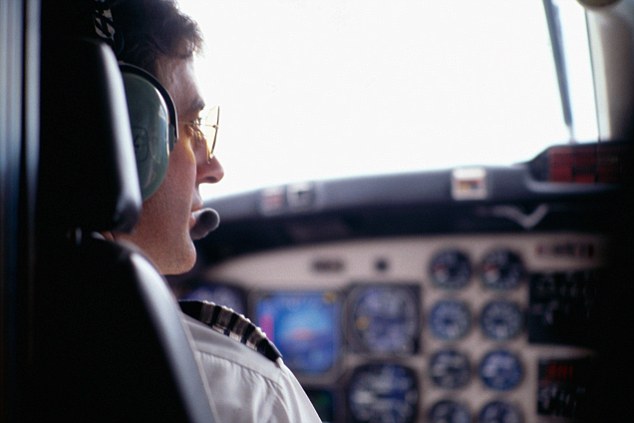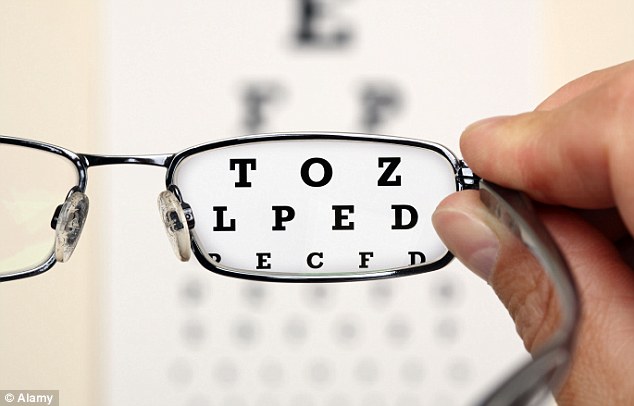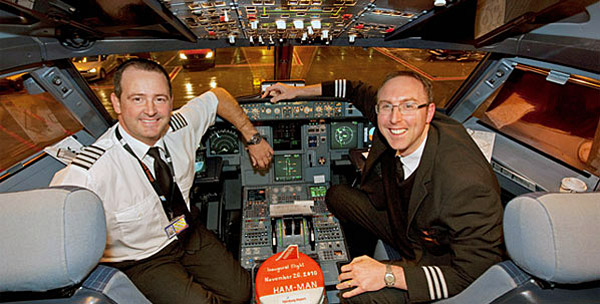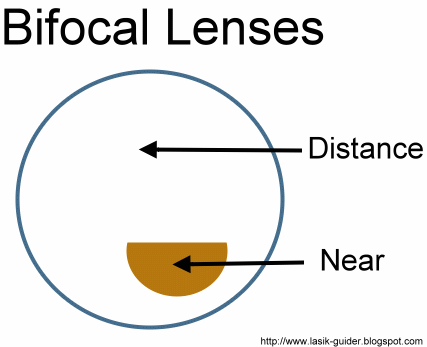You Need Perfect Vision To Become A Pilot, Right?
Sight is a pilot's most important ability, and flying puts it to the test. Pilots face problems such as blind spots, low visibility and areas with few visual references, along with the normal limitations of sight.
Vision is a pilot's most vital tool, and no mechanical equipment can replace it
A serious impairment to her vision can lead to mistakes, miscalculations and misreading the panel instruments, all of which can have fatal consequences.
So, is perfect vision top priority for pilot candidates? How much of this is true?
FACT: Yes, a healthy vision is a top priority for becoming a pilot. That being said, not having 20/20 vision will not automatically disqualify you.
In order to become a pilot, perfect vision is not a requirement. There are many professional pilots who wear glasses. The FAA has vision limitations that are tested during the aeromedical physical examination, but glasses are permitted.
In an ideal world, pilots would have 20/20 vision in each eye. Being that this world is less than ideal, pilots whose distant vision can be corrected to 20/20 through glasses or contact lens are eligible, as are those whose near vision is correctable to 20/40 at 16 inches.
As the Federal Aviation Administration's "Pilot Vision" explains, beyond a one-degree cone within the 135-degree normal field of vision, sight acuity drops 90 percent. Switching focus can take several seconds. Fully adapting to low light can take up to 45 minutes. Facing such challenges, it's easy to see why the FAA requires good pilot eyesight.
Pilot candidates who are over the age of 50 must have 20/40 in each eye at both 16 and 32 inches. If you must wear corrective lenses in order to have 20/20 vision, then it's a condition of your license that you always wear them while flying.
The Federal Aviation Administration (FAA) requires a sight check as part of the medical exam the agency requires as a condition of licensing
The standards vary, depending on the type of license a pilot obtains. The highest sight standards are required for professional pilots, especially airline transport pilots, who must obtain a first-class medical certificate to fly.
Commercial pilots need a second-class medical certificate, while private, recreational and beginning pilots need only meet the standards of a third-class medical certificate.
However, there's one exception to the 20/20 rule: pilots cannot wear bifocal contact lenses, says the FAA
Bifocal Lenses contain two different prescriptions in the same lens. The primary purpose of glasses bifocals is to provide the optimal balance between distance vision and near vision focusing needs.
eyeglasslensdirect.comSuppressing vision in one eye in favor of the other impacts both depth perception and the ability to coordinate eyesight from both eyes.
